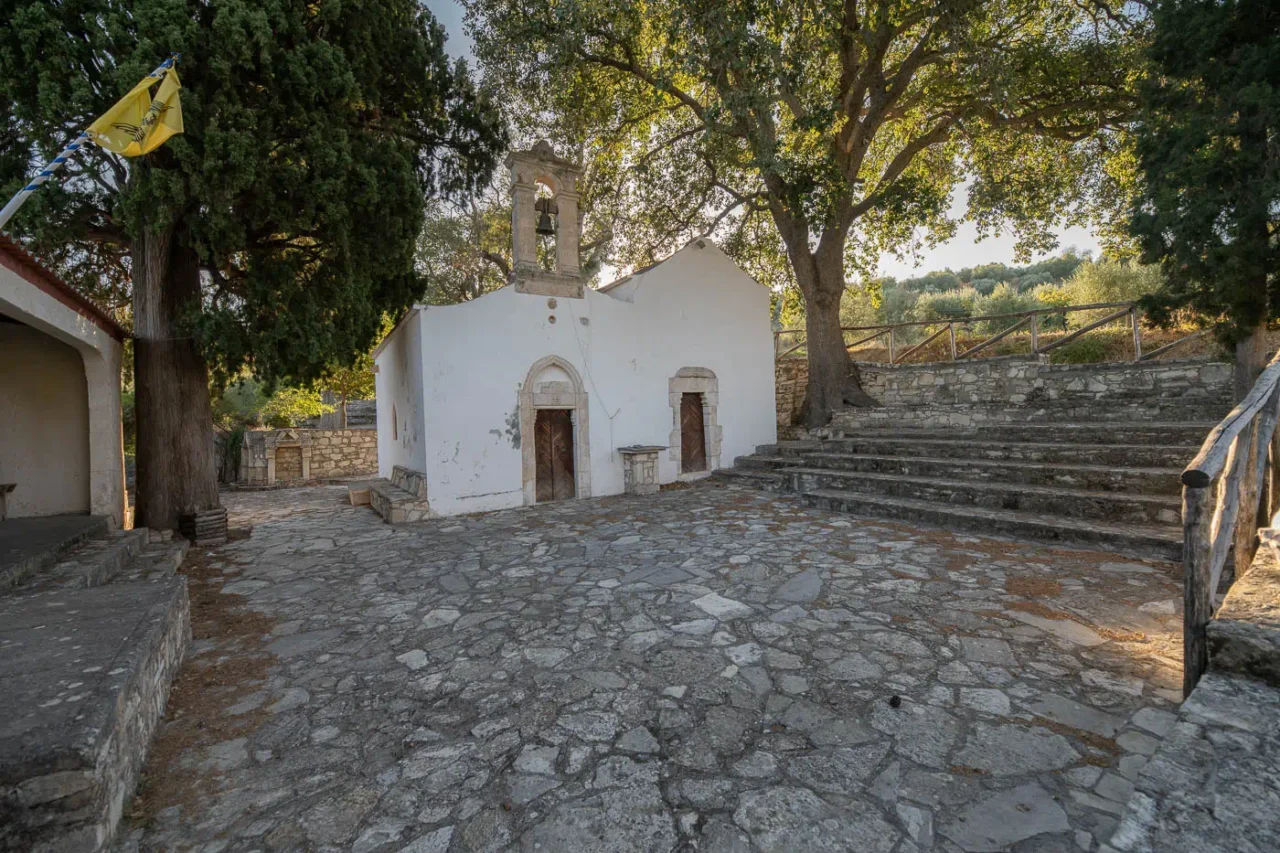
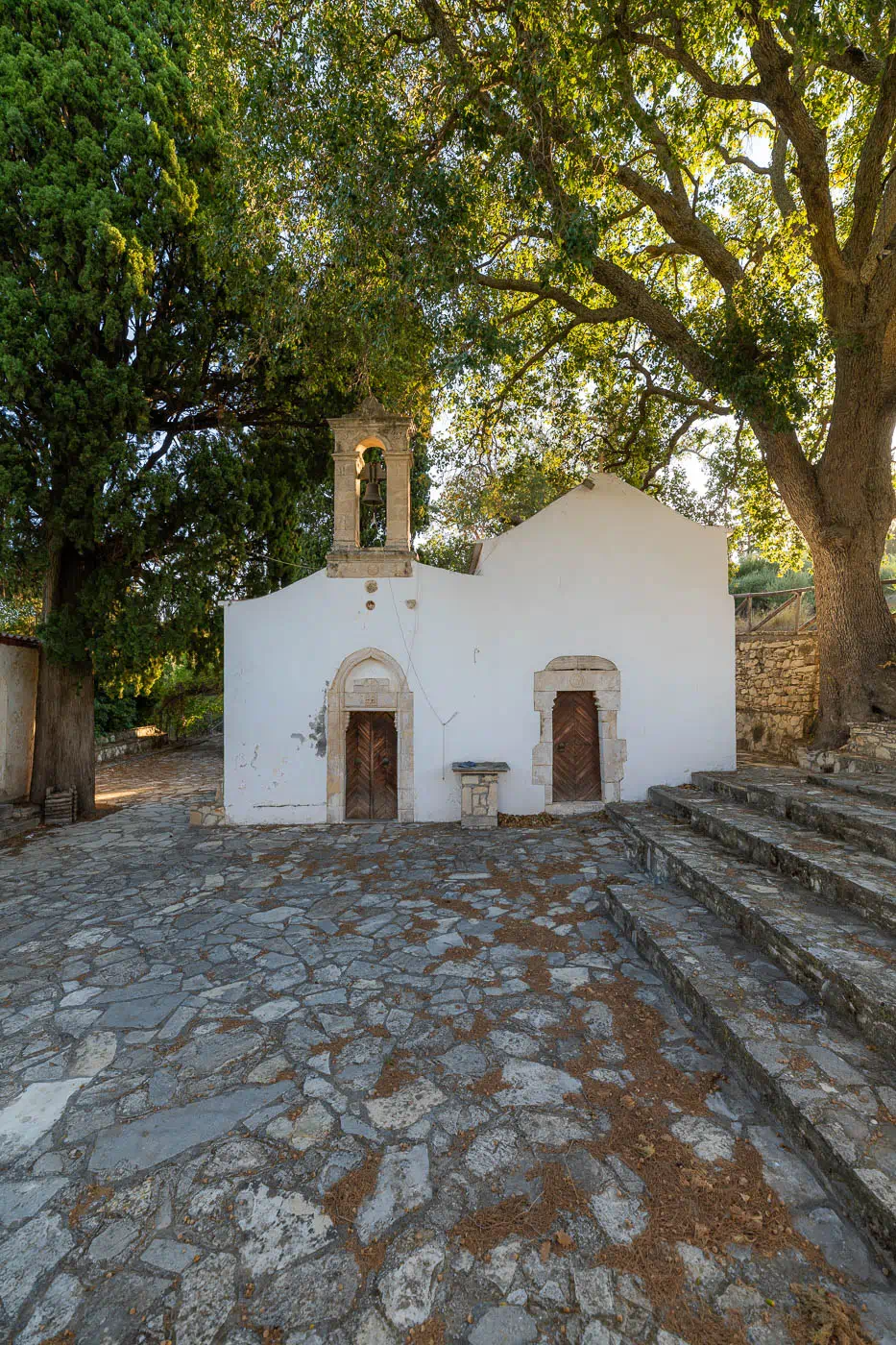
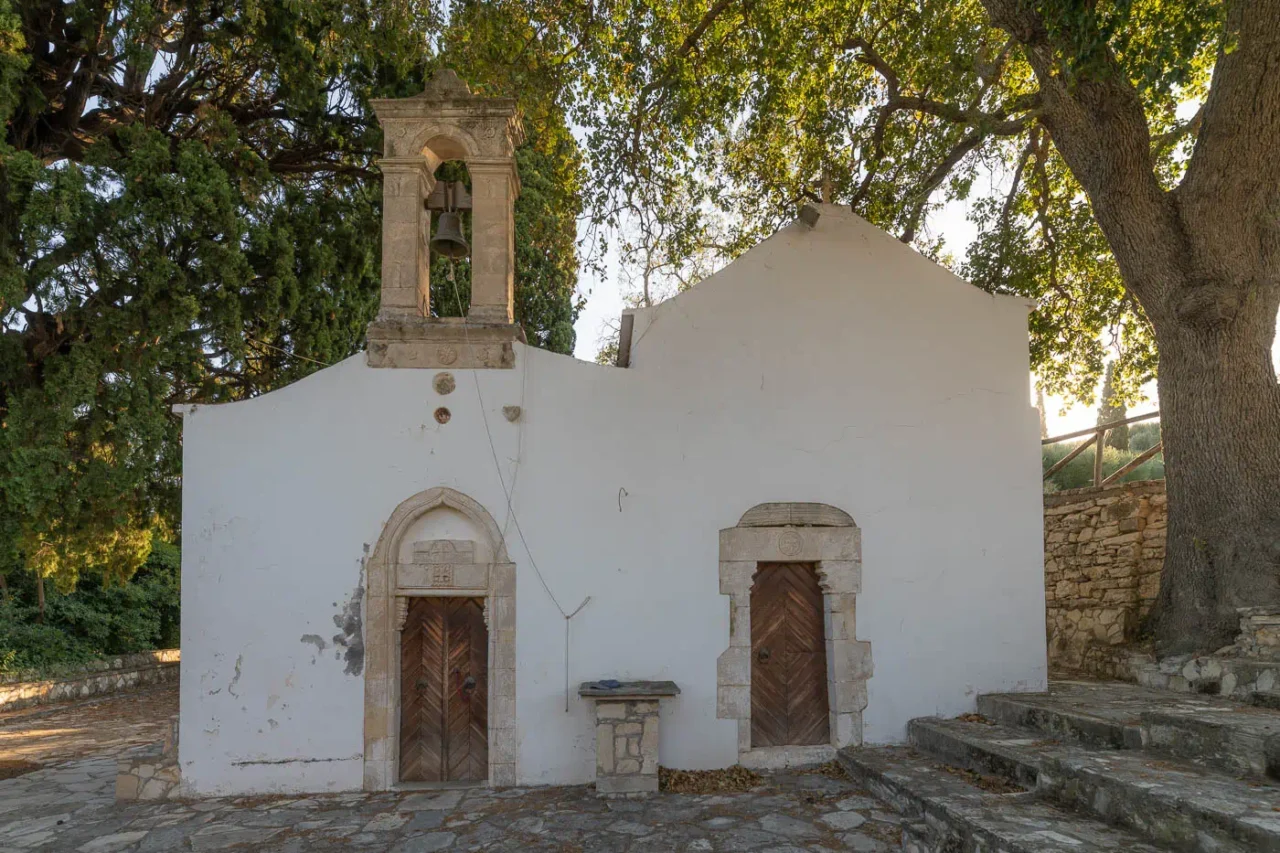
The Monastery of Kyria Chrysopigi is a historic Greek Orthodox monastery located in the village of Pyrgou, Crete, Greece. The monastery is dedicated to the Life-Giving Spring (Zoodochos Pigi) and Saint Titus.
History
The monastery was built next to a water source, hence its name, which translates to “Our Lady of the Golden Spring.” It was once a cenobitic (communal) monastery with a large estate and several workshops for processing agricultural products. The monastery is mentioned in a document from 1577, in which Ioannis Milios, from Pyrgou, agrees to replace his fellow villager Ioannis Kalomatis in the galley service imposed by the Venetians.
The monastery appears to have survived the Ottoman conquest of Crete in the mid-17th century. In the early years of Ottoman rule, it functioned normally, as evidenced by references in the Ottoman archives. The monastery was later damaged and abandoned, eventually coming under the jurisdiction of the Monastery of Gorgolaιni. In 1745, the church of Chrysopigi was repaired with the permission of the Ottoman authorities. The inscription above the lintel of the church’s main entrance records another renovation in 1796.
Description
The monastery’s katholikon (main church) is a double-aisled structure, with one aisle dedicated to the Life-Giving Spring and the other dedicated to Saint Titus. The church is surrounded by tall trees, and the area outside has been landscaped to accommodate the annual festival of Chrysopigi. At the back of the church, there is a large stone millstone used for crushing olives and the remains of a winemaking installation. There are also several graves in the courtyard, as the area was once used as a cemetery. The water source with its stone fountain is located at the eastern end of the building. The monastery’s bell tower, a well-crafted stone structure, bears the date 1908.
Additional Information
- Construction Period: 16th century (based on the earliest written record)
- Current Status: Inactive (only the katholikon remains)
















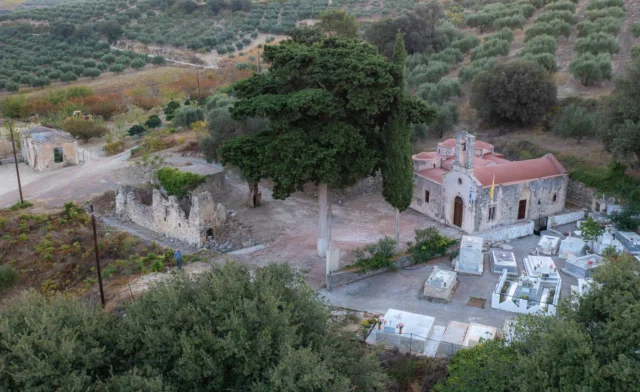
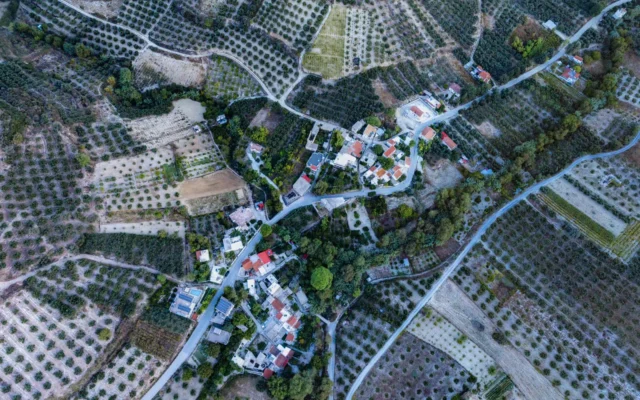

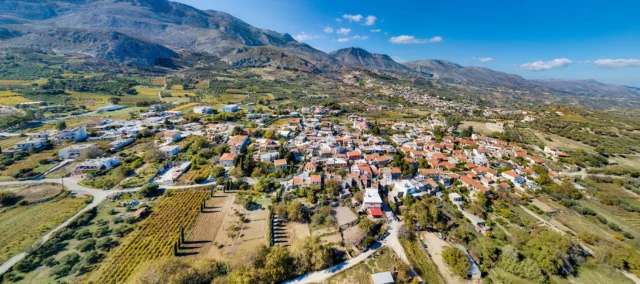
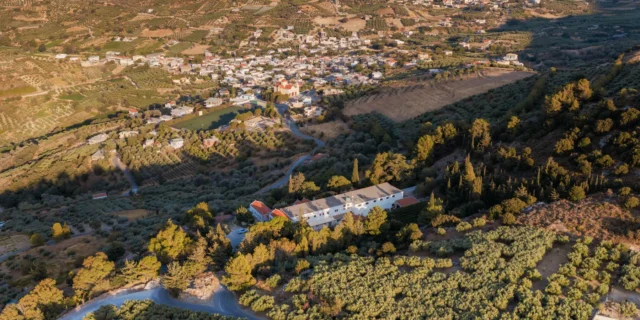

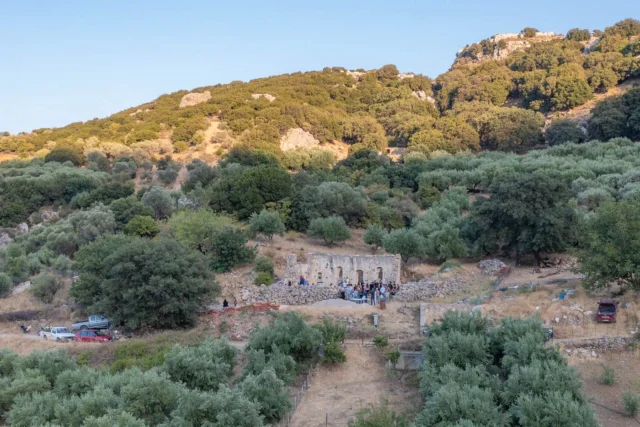
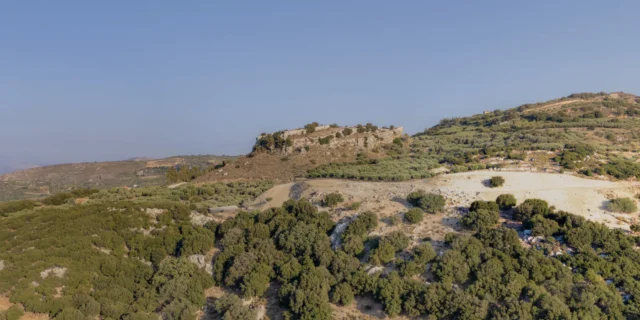
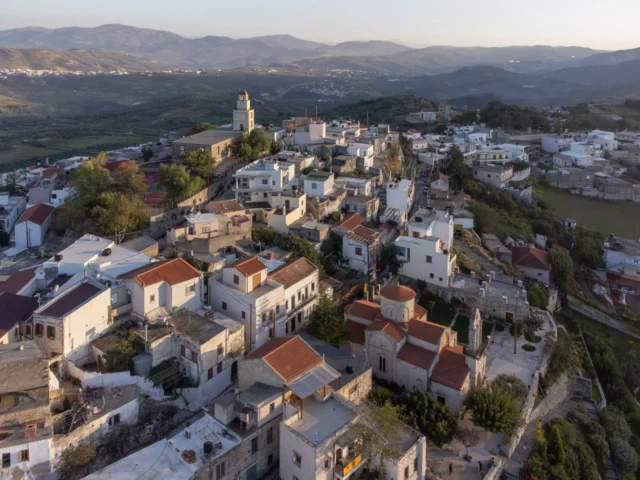



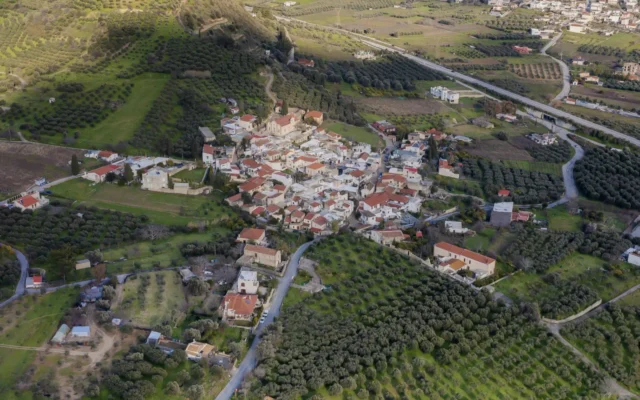

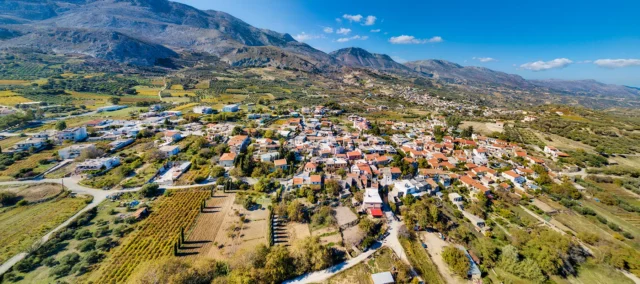
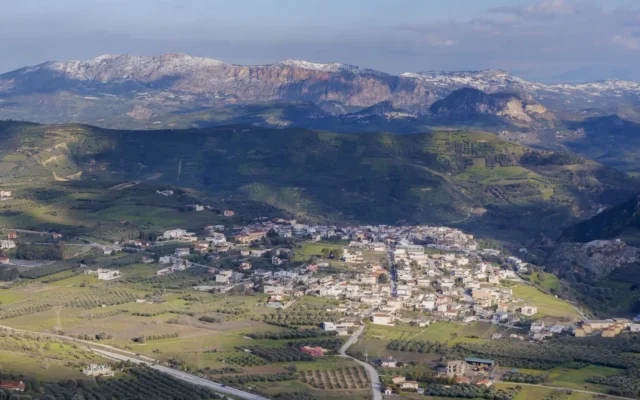


There are no comments yet.